Self-Talk Part 2: Trends
/Now that you tracked your mood over the last seven days it’s time to identify trends. Remember, we are still early in the reconnaissance process. Some trends may not become visible without several weeks of data, but it is likely that you will be able to identify at least one time during the week when you feel markedly below average.
I set up automatic reminders on my Daylio Mood Tracking App for 8:30AM, 1PM, and 8PM. That ensures that I get a good average for the entire day. I do this because I don’t want to think that Wednesdays are horrible because of one really bad mood on an otherwise benign hump day.
Flip through these galleries to get a feel for how I’ve been doing since last week.
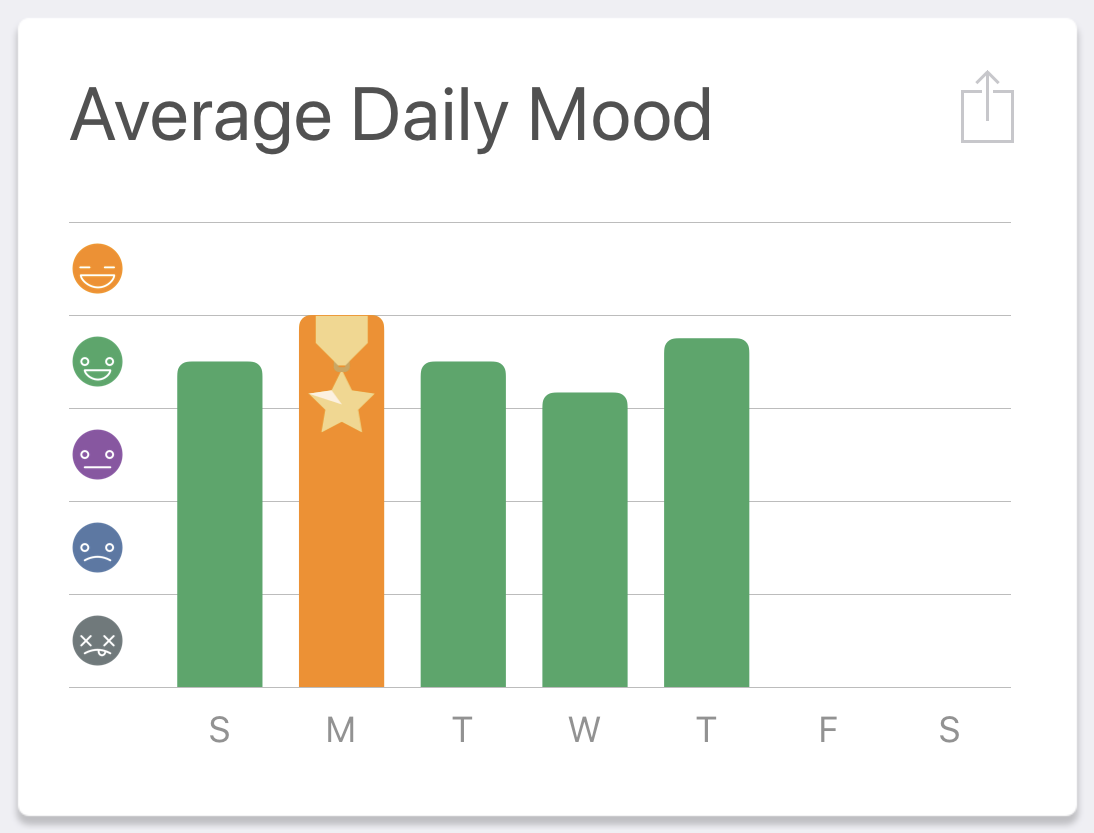
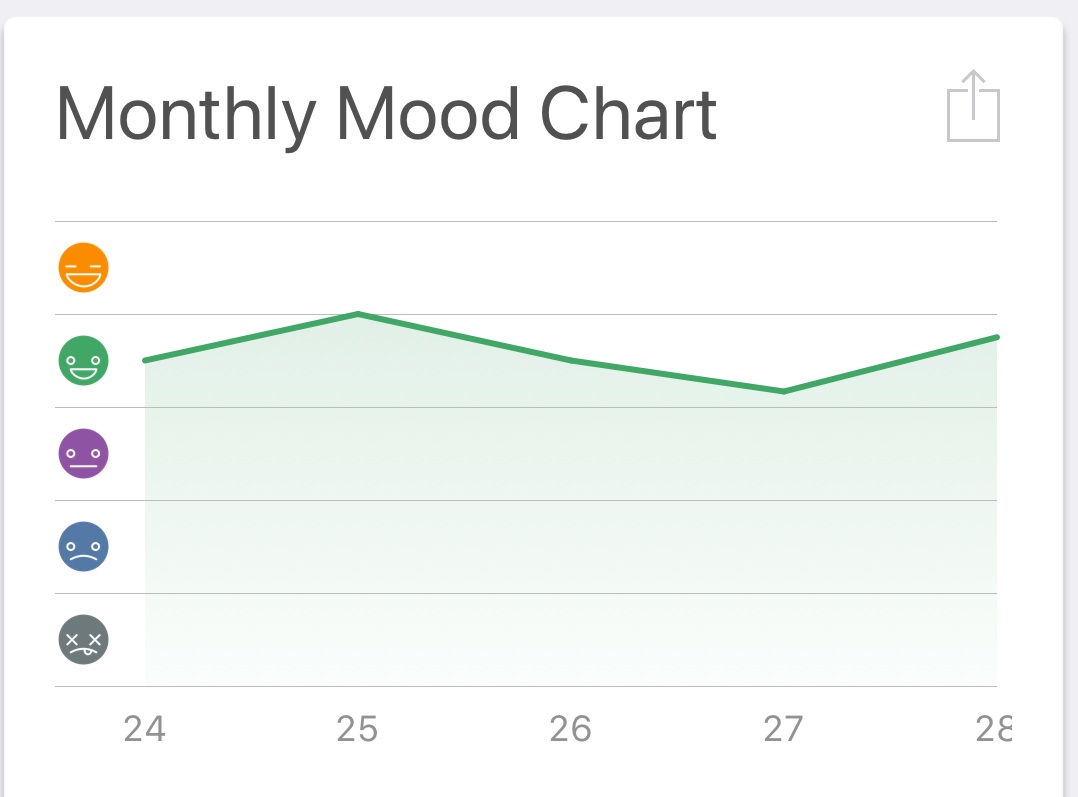
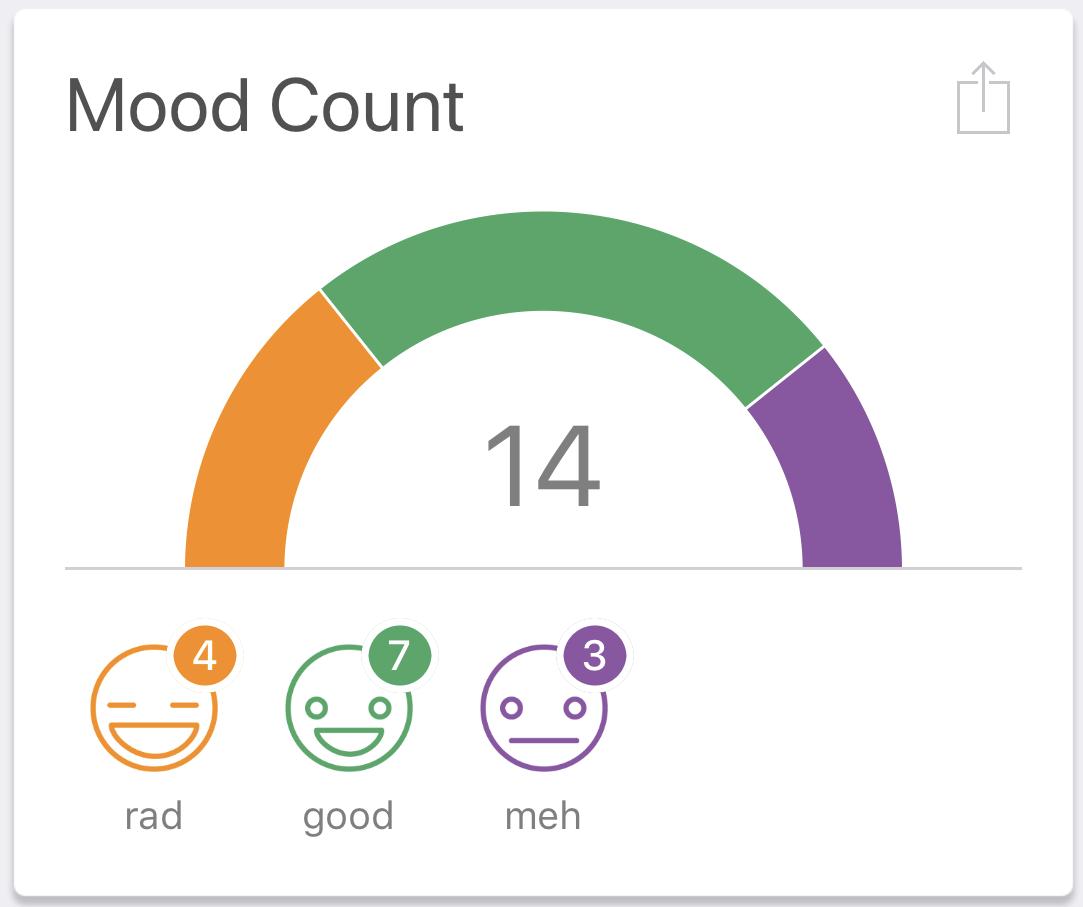
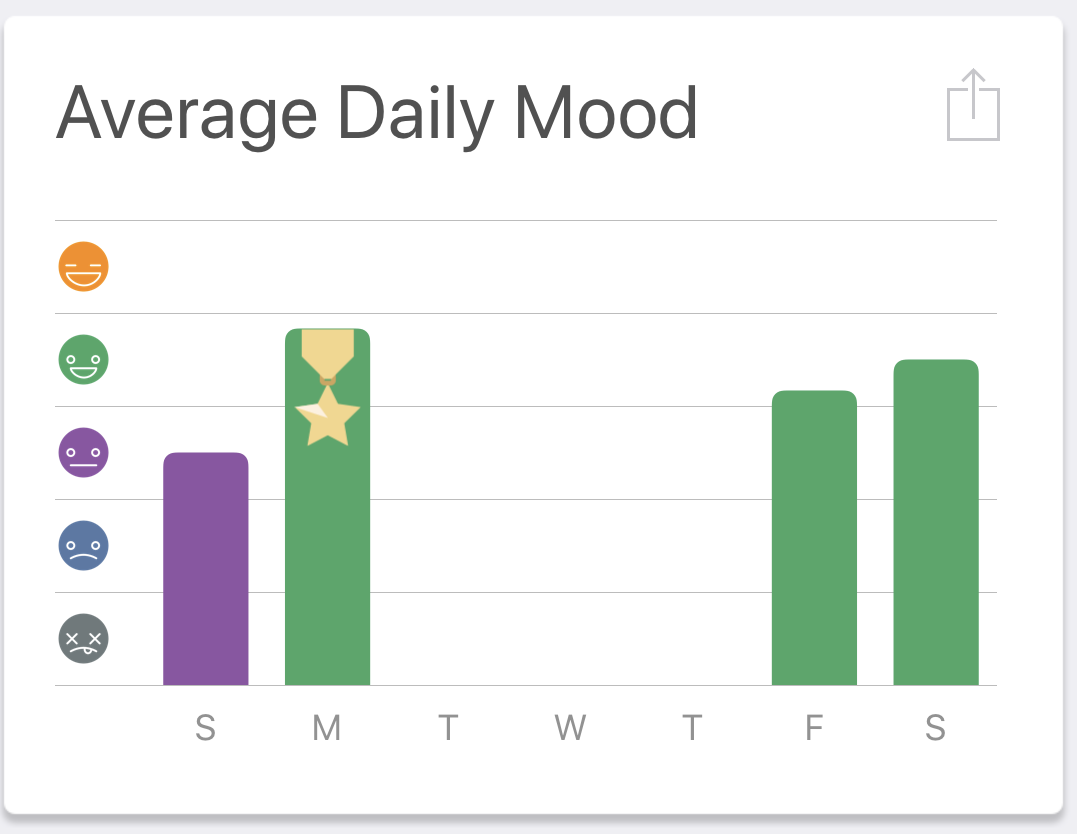

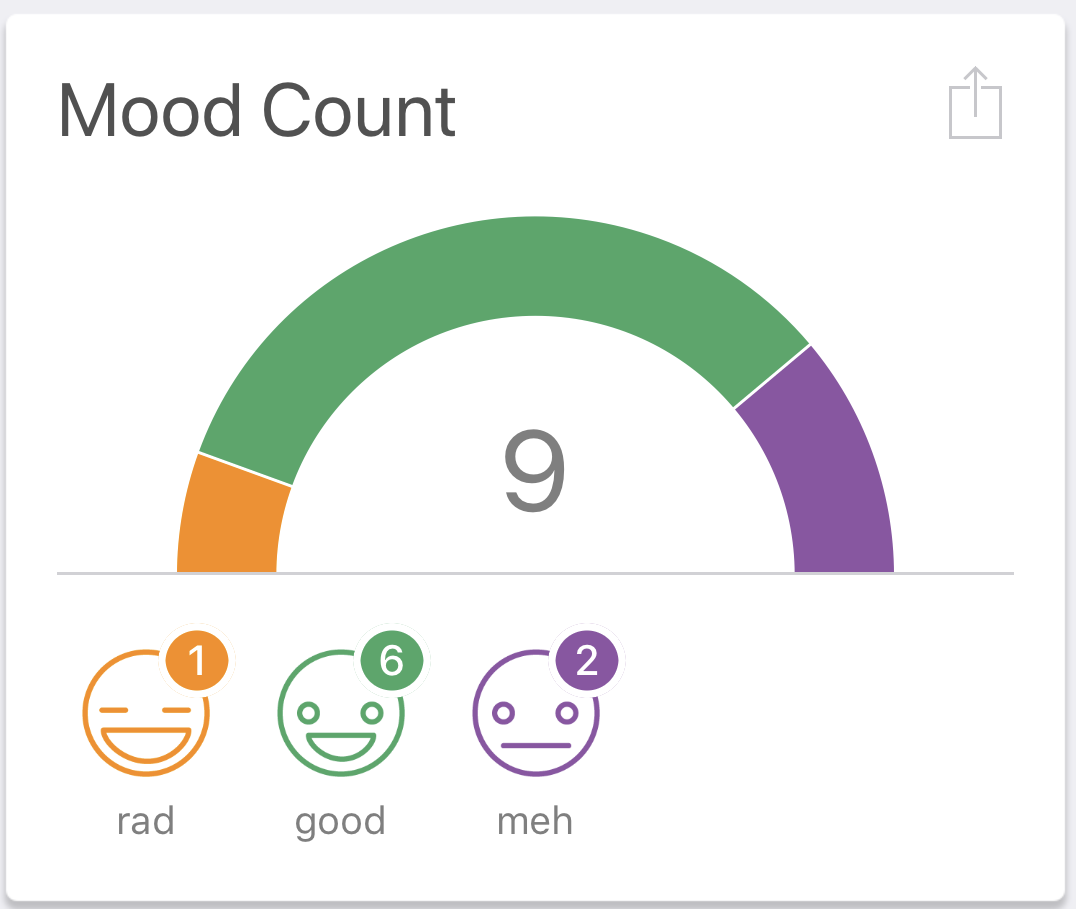
Data only tells part of the story, as my high school English teacher Dr. Dupree often reminded me: “Look to the text!” Daylio also lets me enter short messages that deepen the quality of the data. Here are a few examples:
Kansas City in early March is very, very, cold.
Tuesday, 2/26, Mood: Meh - Ok talk, not my best.
Tuesday, 2/26, Mood: Good - A 30 minute workout; I feel much better.
Wednesday, 2/27, Mood: Good - Had a good meal.
Thursday, 2/28, Mood: Rad - Floated at Truth Mind & Body.
Friday, 3/1, Mood: Meh - Stuck on airport runway.
Sunday, 3/3, Mood: Meh - Travel and weather are having an impact.
Monday, 3/4, Mood: Good - Had a challenging workout.
The data and the entries show that my mood dipped after what I perceived were poor performances, and when I was tired from traveling. Not earth-shattering information; what is most valuable, though, is the notable improvement in my mood following a workout or some self-care activity.
Again, not earth-shattering, but it is immensely valuable to regularly remind yourself that you feel better when you do things that take care of you. We tend to lose sight of ourselves when we are pulled in the direction of work, relationships, errands, to-do lists, appointments, and so on.
Look to your data. Identify when you feel the worst, and ask yourself why you felt that way. What circumstances preceded that mood entry? What could you do differently this week? If you cannot do something differently before a potential stressor, what can you do after the stressor to improve your mental and physical wellbeing?
Continue to track your mood for the next week; I’ll do the same. Consider adding at least two reminders to track your mood for each day, and make it a point to write down how you felt during especially good and bad times. We’ll check in next week and examine our richer data sets.




